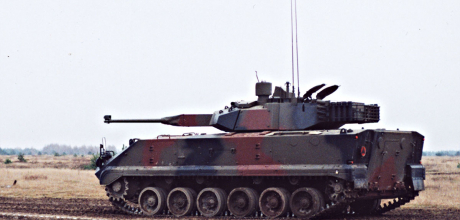
Commanders!
The next reward vehicle we are planning to introduce for the upcoming Battle Path event is the Croatian M-95 Degman. Much like the M-80A we introduced earlier, it resembles, to a degree, a Soviet vehicle – in this case, the T-72 MBT. But this is no ordinary T-72. In fact, it’s not a T-72 at all.

M-95 Degman
Its story, however, starts with a T-72 – or, more specifically, the first T-72s imported to Yugoslavia. The year is 1979 and Yugoslavia is slowly starting to unravel. For decades, it was held together by Josip Broz Tito’s iron will. Tito always promoted communist internationalism and the Yugoslav identity in order to check the nationalistic tendencies in check, but his health is starting to fail him and he will pass away less than a year from now, his legacy – a country torn by internal strife but also its new, strong industrial base, capable – amongst other things – of locally producing modern armored vehicles, something very few countries in the world ever achieved.
The year 1979 is important for this article because it is, likely, the year Yugoslavia received the first T-72 tanks from the Soviet Union (some sources incorrectly state Czechoslovakia, but the Czechoslovak production of the tank did not start before 1985 and even the first imported T-72s didn’t enter service there before 1981). The first dozen or so of these tanks consisted of obsolete early export models, but soon the T-72M tanks (an export version of the T-72A) started to arrive, albeit in limited numbers only. Sources vary, but it seems between 70 and 90 tanks were imported from 1979 to 1981.
What followed was a similar story to the IFV development mentioned in the BVP M-80A article – the desire to be self-reliant led to the plan to produce a local copy of the T-72M tank, which, in fact, happened starting from 1983 under the name M-84. The M-84 MBT (not to be mistaken with the T-84, a predecessor to the Oplot) was, however, not just a clone. The task was to include as many Yugoslavian components in the design as possible.
The tank was built mostly in Croatia (by a company called Đuro Đaković Specijalna vozila in the city of Slavonski Brod), although companies from the entire Yugoslavia participated in its production. There were several differences between the T-72M and the M-84, the biggest one being its Fire Control System – the original Soviet one was replaced by one called SUV-M-84 by Fotona (Slovenia) featuring a laser rangefinder, a meteorological sensor and a ballistics computer. The engine of the original M-84 was identical to the T-72M one (780hp V-46-6 V12 diesel) and was only replaced by a more powerful 1000hp variant called V-46TK in an upgraded version called M-84A, which also included improved armor and smoke grenade launchers.
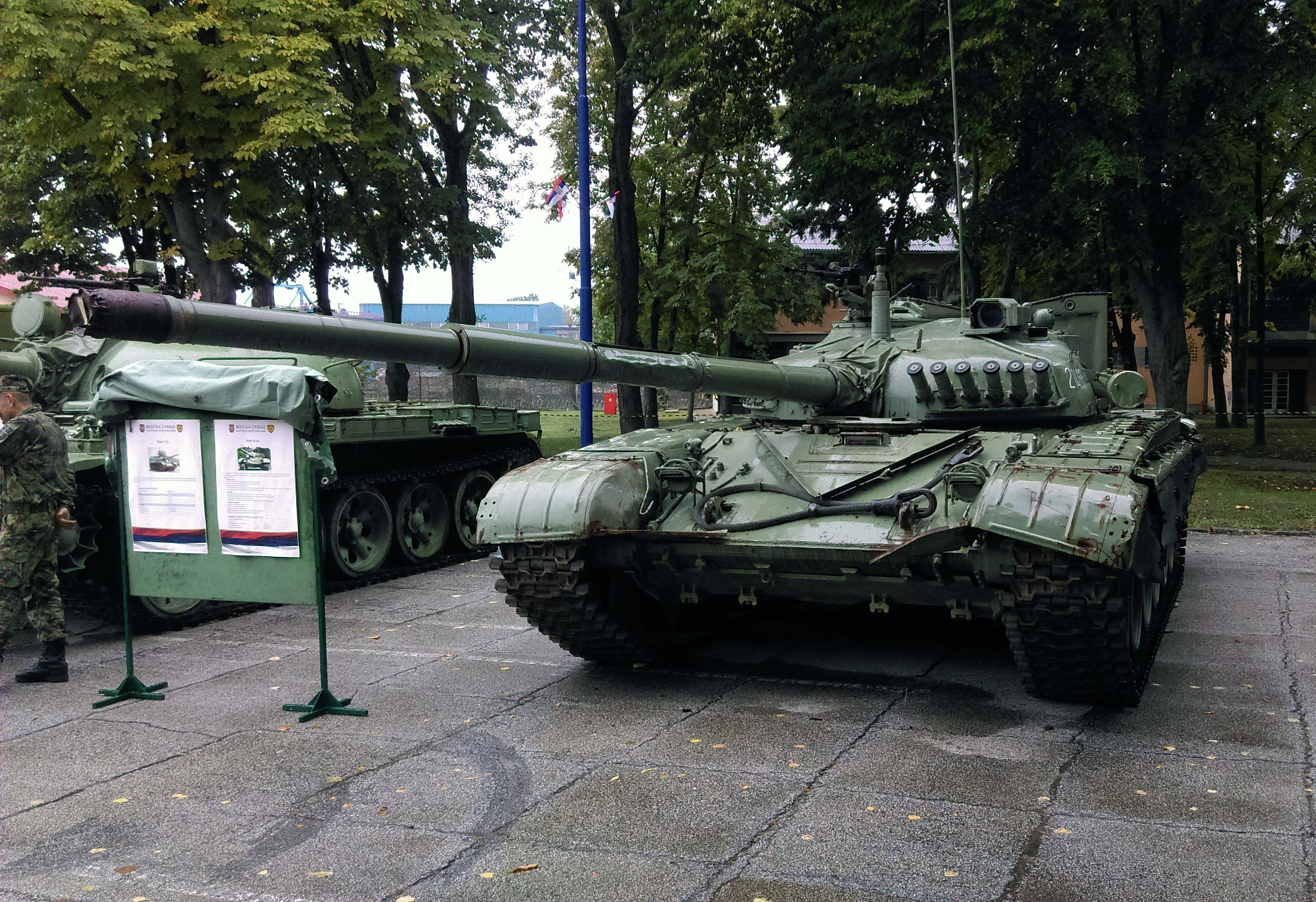
Serbian M-84A
The original M-84 was produced between 1984 and 1987 and the M-84A was produced in Yugoslavia between 1987 and 1991 with several hundred built. The numbers vary depending on sources but the total number of vehicles produced in Yugoslavia before its dissolution was in high hundreds, possibly around 700 vehicles. Interestingly enough, the tank was also offered on the international market and caught some attention in the Middle East.
As a result, 150 of these tanks were sold to Kuwait and participated in Operation Desert Storm. These export vehicles (designated M-84AB) had some smaller changes made to them in order to be able to operate under high temperatures as well as a new intercom system. The M-84 tanks performed rather well everywhere, but gathered a reputation for being unreliable. This was, however, more or less caused by the poor training levels of their conscript crews, who didn’t properly care for their vehicles, resulting in a number of accidents, especially when it came to their guns. In one case, one shell exploded in the barrel – the barrel itself was ejected 30 meters from the vehicle while the breech was only stopped by the turret’s rear wall. Miraculously, nobody was seriously hurt in the incident although the tank had to be written off.
After the dissolution of Yugoslavia, both Croatia and Serbia had a considerable number of M-84 series tanks in their possession, creating two rather different off-shoots of the series after the tragedy that eventually became called the Yugoslav Wars, resulting in the Croatian M-84A4 Sniper (and eventually the M-84D) while the Serbians created an upgraded version called M-84AS. But we’ll get to that. For now, let us return to the last advanced MBT project Yugoslavia would commission.
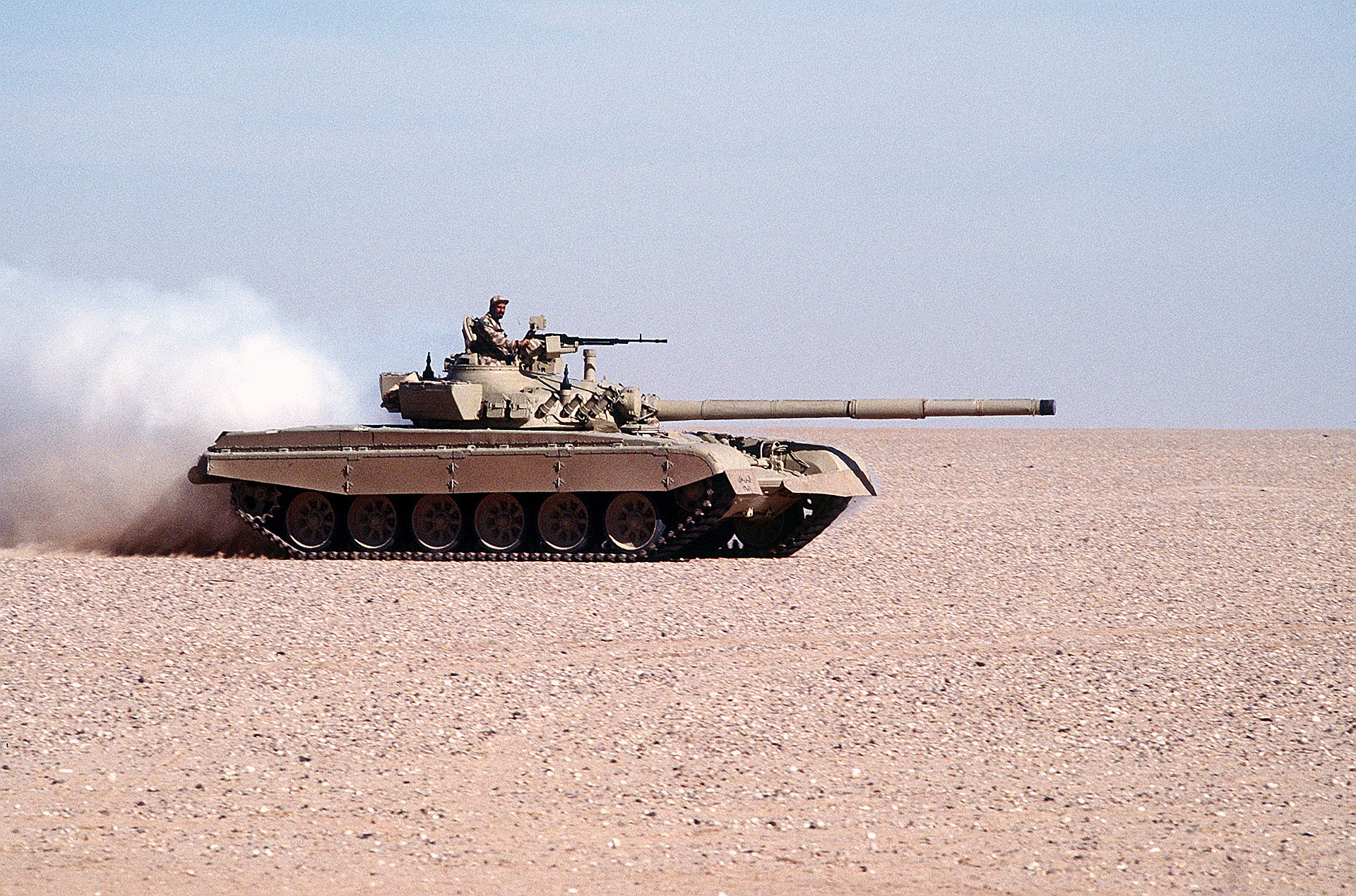
M-84AB in Kuwait
Josip Broz Tito passed away in 1980, depriving Yugoslavia of one of the most important unifying elements – his own personal influence. The old generation that survived the war loved Tito, but the people who were already born in the socialist Yugoslavia started to lean towards nationalism with the Communist Party losing more power every year even after the introduction of the 1974 constitution that gave individual federation republics more autonomy. There were serious economic differences as well – when it came to national income, for example, if we take the income of Yugoslav Serbia as an average, Slovenia’s income was 87 percent higher, Croatia’s income was 23 percent higher but the income of the southern regions of the federation was 40 percent lower.
Starting from 1981, Yugoslavia was also suffering from a general economy crisis as well as major inflation (50 percent in 1984, 100 percent in 1986) with its rigid socialist economy being unable to cope with the economic tensions. Demanding more aid from the west, Yugoslavia resorted to threats that it would have to orient itself towards the east – and it did, as it became gradually dependent on the Soviet Union when it came to a number of strategic resources, in exchange for the western technologies it had acquired during the “openness” era. This in turn started a spiral that made the situation of the people worse, providing in turn more fuel for nationalism.
Such was the state of things in 1987 – the Yugoslavian federal army was, despite its privileged status, underfunded and reeling from budget cuts. Ironically, the Yugoslavian military industry was at its peak, producing some of the most modern weapons in the entire world. It was under these circumstances that a future MBT project was started.
The initial program was launched in 1984 under the designation Novi Domaći Tenk (“new indigenous tank”) with the real development starting in 1987 under the leadership of Professor Milorad Dragojević, an experienced manager who was also responsible for the production of the M-84 and M-84A tanks. The idea was to finish the development by 1991, have a prototype ready and tested in 1993 and the tank in full production by 1995, which would then run until 2012 (100 vehicles per year) in order to fully replace the utterly obsolete T-55 tanks in Yugoslavian service. This project became known as the Vihor (some sources claim it was called M90 or M91).
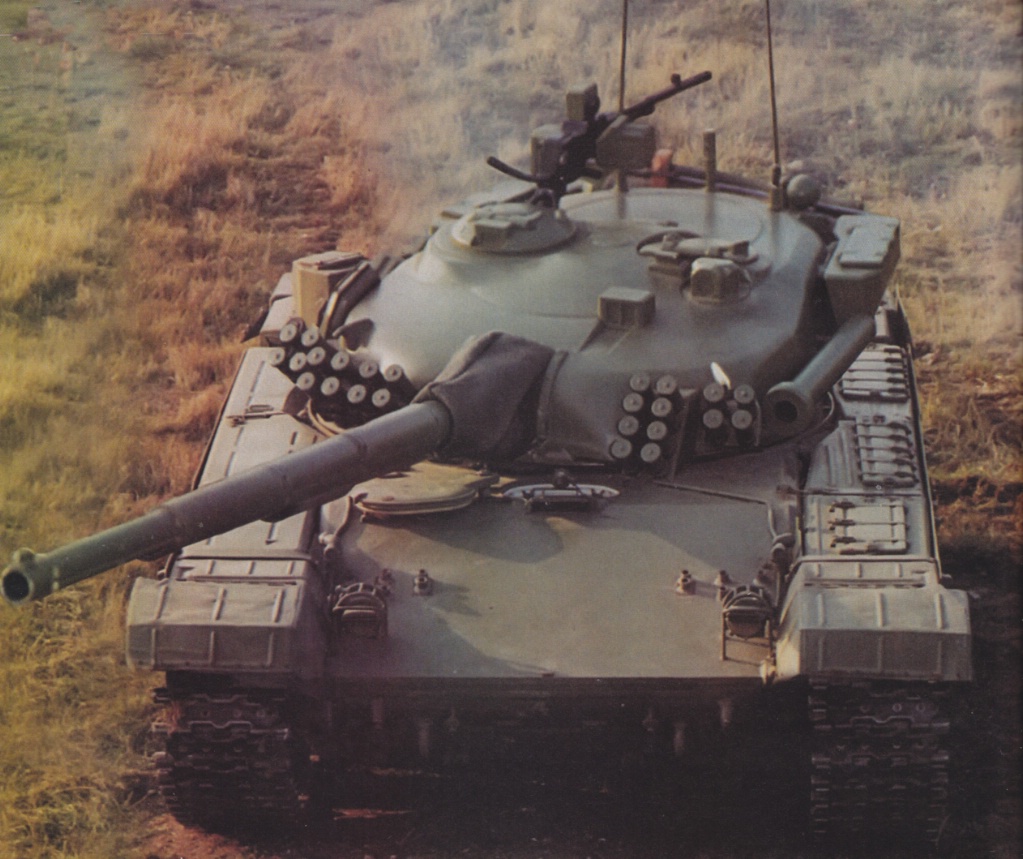
Vihor
Despite some visual similarities with the M-84 or the T-72, the Vihor was almost an entirely new vehicle. Some older components were used but the hull was designed from scratch – an incredibly ambitious undertaking. Not only designing, but also producing an indigenous tank, let alone in the conditions of the 1980s was almost impossible – but the team succeeded and two almost completed prototypes (or at least parts for them) were built by the time Yugoslavia dissolved and the fighting began. One incomplete prototype remained in Yugoslavia while the other, along with a number of other parts, was left in seceding Croatia, specifically in Slavonski Brod in the facility of the company that was supposed to mass-produce the vehicle, Đuro Đaković Specijalna vozila. On the Serbian side that inherited a portion of the Yugoslavian research, without that company’s expertise, the development was practically halted immediately afterwards and was officially cancelled in 2005 (some of the program’s elements were used in other Serbian upgrades). On the Croatian side, however, things were a bit different.
The Croatians took a long look at the design of the Vihor. It was supposed to be armed with the Soviet 2A46 125mm smoothbore but with improved barrel technology and new shells, fed by an improved automatic loading mechanism with the rate of fire of 10 rounds per minute. The FCS was derived from the SUV-M-84 with some major improvements, allowing for a sub-caliber shell 50 percent hit rate when firing at a 4.6x2.3 meter target at 2.000 meters while driving 40 km/h.
The mobility of this 44 ton vehicle was also enhanced by including an upgraded twin-turbo V-12 1.200hp version of the V-46 engine called V-46TK1, paired with brand-new hydrodynamic transmission (replacing the unreliable M-84A one). This 5F transmission had several versions developed, including manual and automatic. The tank could go as fast as 72 km/h and its maximum reverse speed was 7 km/h.
As for the protection levels, the tank had welded hull and was supposed to have a composite welded turret (the prototype, however, only had M-84A turret as an interim measure) along with an ERA kit (KAO M99, roughly equivalent to Kontakt-1) providing extra protection against HEAT shells. Its frontal protection (not counting the ERA) was equivalent to 500mm of RHAe for kinetic shells and 600-650mm for HEAT shells. The side armor was 70mm thick and the sides would be covered by new anti-HEAT side plates. The tank was also protected by:
- LIRD-4 Laser Warning System
- Automatic fire extinguisher
- Smoke grenade launchers
- NBC system with a special anti-radiation liner
Overall, it was a solid design, combining advanced western elements with the traditional Soviet-style low silhouette. The Croatians did not produce it either, but used some of its elements to produce a rather interesting vehicle that was purely of Croatian design.
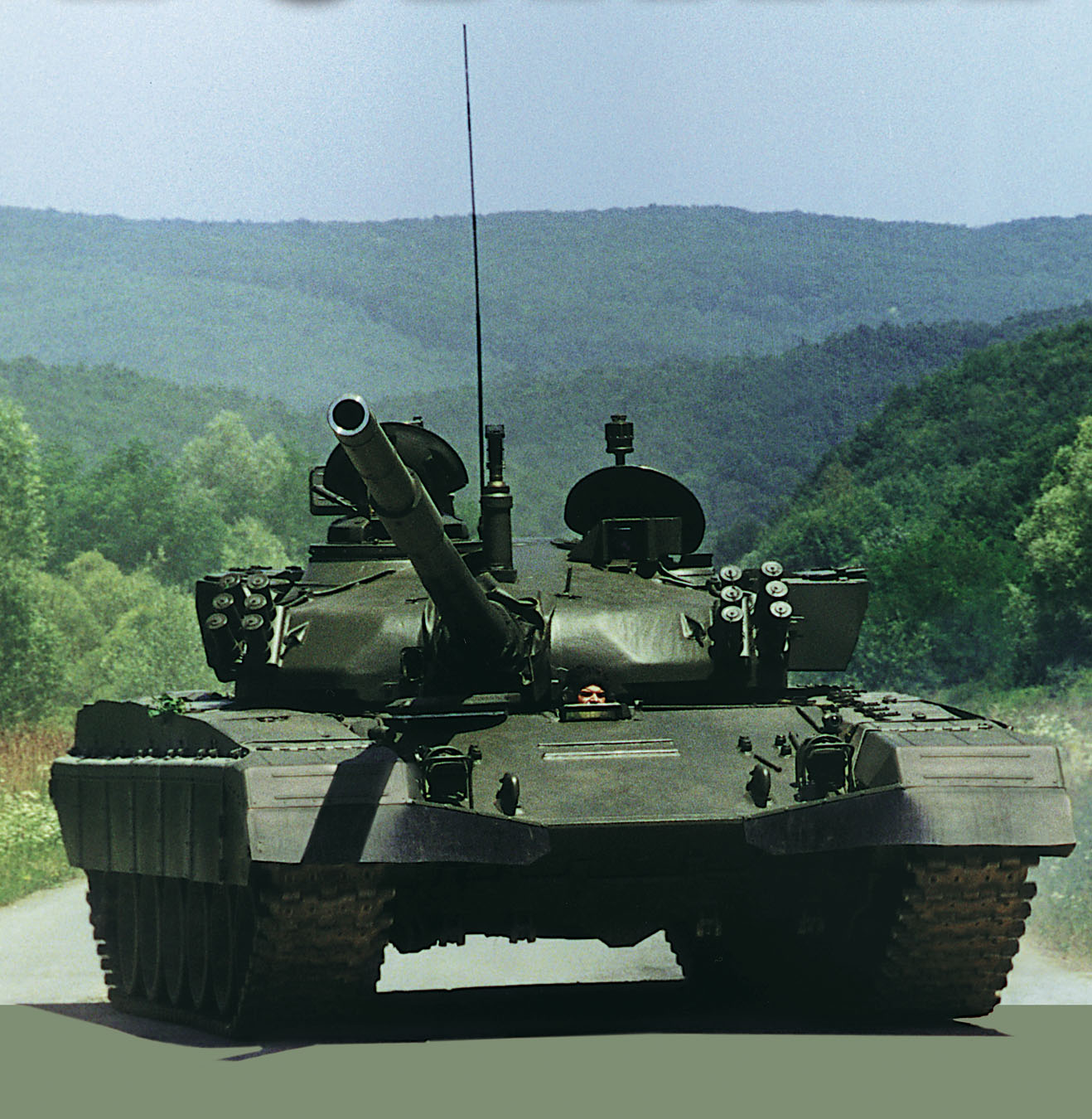
Vihor
Almost a decade late, following the conclusion of the Yugoslav Wars, Croatia was looking for a replacement for its aging fleet of M-84 tanks. In the mid-1990s, a Croatian version of the M-84A called M-84A4 Snajper appeared. This upgrade featured a new FCS called Omega-84 along with a new communications set. The FCS consisted of:
- DNZN-2 commander’s day/night sights
- SCS-84 gunner’s sights
- DBR-84 fire control computer
- Laser range finder and other improved sensors
Additionally, the vehicle is fitted with a laser warning system tied to the smoke grenade launchers that deploy smoke when the vehicle becomes targeted by enemy lasers. The option to install German 1100hp MTU engines was offered for export. Around 40 Snajper upgrades were allegedly built between 1996 and the early 2000s, although these numbers are more or less speculative.
More radical ideas were pursued by the Croatians as well, however – specifically in the form of a brand-new MBT called M-95 Degman.
Built to meet the demands of the Croatian army, the Degman MBT appeared for the first time in mid-1999 in various visualizations and the first prototype was completed in 2003. Some sources mistake it for an upgraded M-84 but the truth is, the Degman is an entirely new design based on the earlier Vihor. The similarities can be seen in the general shape of the vehicle, including its new welded turret as well as the presence of an explosive reactive armor kit. The Degman, however, is a far more potent vehicle.
The tank weighs 44.5 tons and has a crew of three men (as is usual for the tanks that have an automatically loaded gun). The basic hull layout is similar to the Vihor with the upper frontal plate consisting of a sandwich of armored steel and glass-reinforced plastic. The frontal protection of the vehicle seems to be better than on the Vihor – 550mm to 650mm of RHAe.

Degman small-scale model
Some sources also claim that its welded turret includes tungsten (or even titanium) inlays, but that’s most likely not true – the most likely variant is that the turret contains air gaps, much like the one of the Leopard 2 MBT. In addition to its basic armor, the tank uses quite distinctive brick-like RRAK ERA tiles developed in Israel. The performance of this ERA is not known, but it is said to be substantial (roughly equivalent to Kontakt-5). The frontal portion of the tank’s flanks is also protected by ERA tiles but the rest is steel-only. Further defensive measures include:
- SZ-2000 NBC filter system
- LIRD-4A Laser Warning System
- Automated fire extinguishing system
- Engine smoke generator
- Smoke grenade launchers (902A Tucha)
The firepower consists of an upgraded automatically loaded 125mm 2A46M series smoothbore gun, fed by an automatic loading mechanism with 22 rounds stored in its carousel (20 more rounds are stored in the turret’s bustle). Its rate of fire is 8-9 rounds per minute.
The gun is fully stabilized, can elevate to +13 degrees and depress to -6 degrees. It is controlled by a Fire Control System called Omega-D by Slovenian Fotona (derived from the older Omega-84), featuring:
- SGS-D gun sights
- Laser rangefinder
- Second generation image intensifier (or TSGS-D thermal optics)
- COMTOS commander’s sights
The tank is powered by a 1.000hp V-46TK engine (like the M-84A), which can, however, be upgraded to the 1.200hp V-46TK1 developed for the Vihor. Both engines use the upgraded Vihor transmission. The suspension is much like the M-84 one, which in turn was based on the T-72. The tank can go as fast as 70 km/h and accelerates from 0 to 32 km/h in 7 seconds.
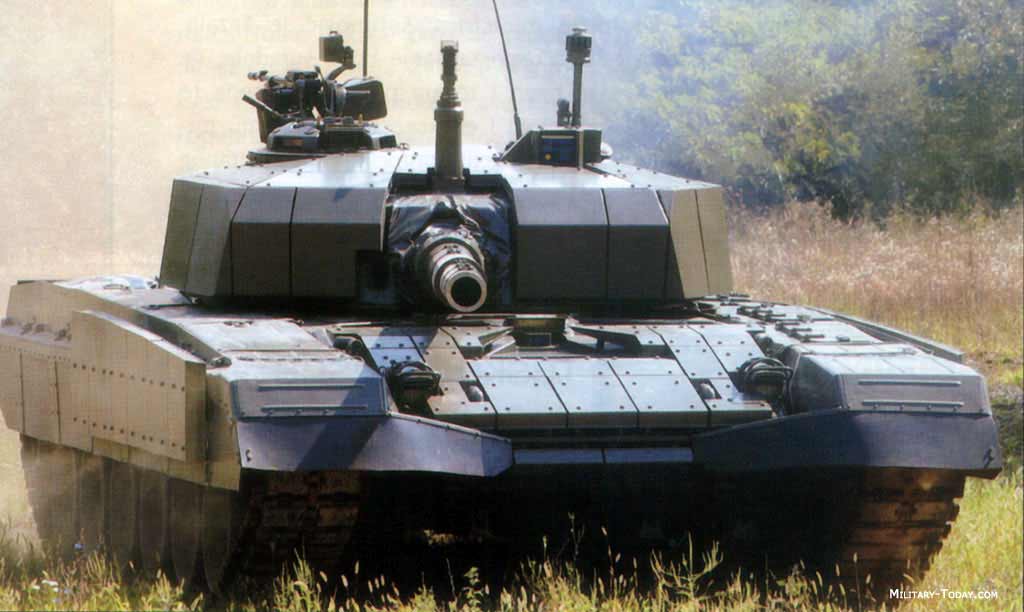
M-95 Degman
In summation, the Degman was a potent MBT for its time, on par with the best T-72 modernization. But, of course, that was in the early 2000s. By that time, Croatia did not have the money to start a full-scale tank production despite the Yugoslav era facilities. As a result, only two prototypes of this tank were built and paid for. Seeing the situation, the developing company offered the Degman to potential foreign buyers, especially Kuwait.
The biggest marketed advantage was the modularity of this vehicle – many different options could be installed, including a different gun, the 120mm Compact Tank Gun L/50 smoothbore by RUAG. In this configuration, the tank would be able to fire, amongst other things, the LAHAT guided missiles thanks to the control unit added to the Omega-D FCS along with a new, bustle-mounted automatic loading mechanism. This gun is capable of firing standard 120mm NATO ammunition.
Unfortunately, the Degman did not find any foreign customers either and remained a prototype only. However, the development time spent on it was not wasted as the company that designed it decided to retrofit the older M-84 series tanks (including the Snajper) with Degman elements (especially the ERA, the FCS and the 1.200hp engine), resulting in a variant called M-84D. These upgraded M-84 tanks should form the backbone of the Croatian armored forces in the future.
In Armored Warfare, the M-95 Degman will be a Tier 6 Premium Main Battle Tank. The version in the game will be based on some of the latest export specifications and will feature very accurate 120mm NATO standard CTG smoothbore gun that you already are familiar with – from the Tier 8 Challenger Falcon MBT.

As a result, the tank will feature above-average accuracy and aim time as well as the ability to fire 120mm NATO rounds on Tier 6. Both values, along with its damage per minute value as well as its gun depression and elevation (-6/+13), will be somewhat worse than on the Leopard 2AV, but the Degman will have an ace up its sleeve – the ability to fire LAHAT guided missiles as well as the Rapid Fire active ability, increasing its damage per minute value by 25 percent for a short period of time at the cost of gun accuracy (or, in the case of LAHAT, increased missile noise).
Gameplay-wise, the Degman will be highly mobile, if relatively poorly protected MBT. Thanks to the combination of its powerful 1.200hp engine and low weight, it will be one of the most mobile and agile MBTs of its Tier (or even in general). The downside of its excellent mobility and firepower will be its armor, as its front will be able to generally withstand Tier 6 shells but will be vulnerable to Tier 7 shells or higher. Its side and rear protection will be on par with a vehicle one Tier lower, the T-72A.
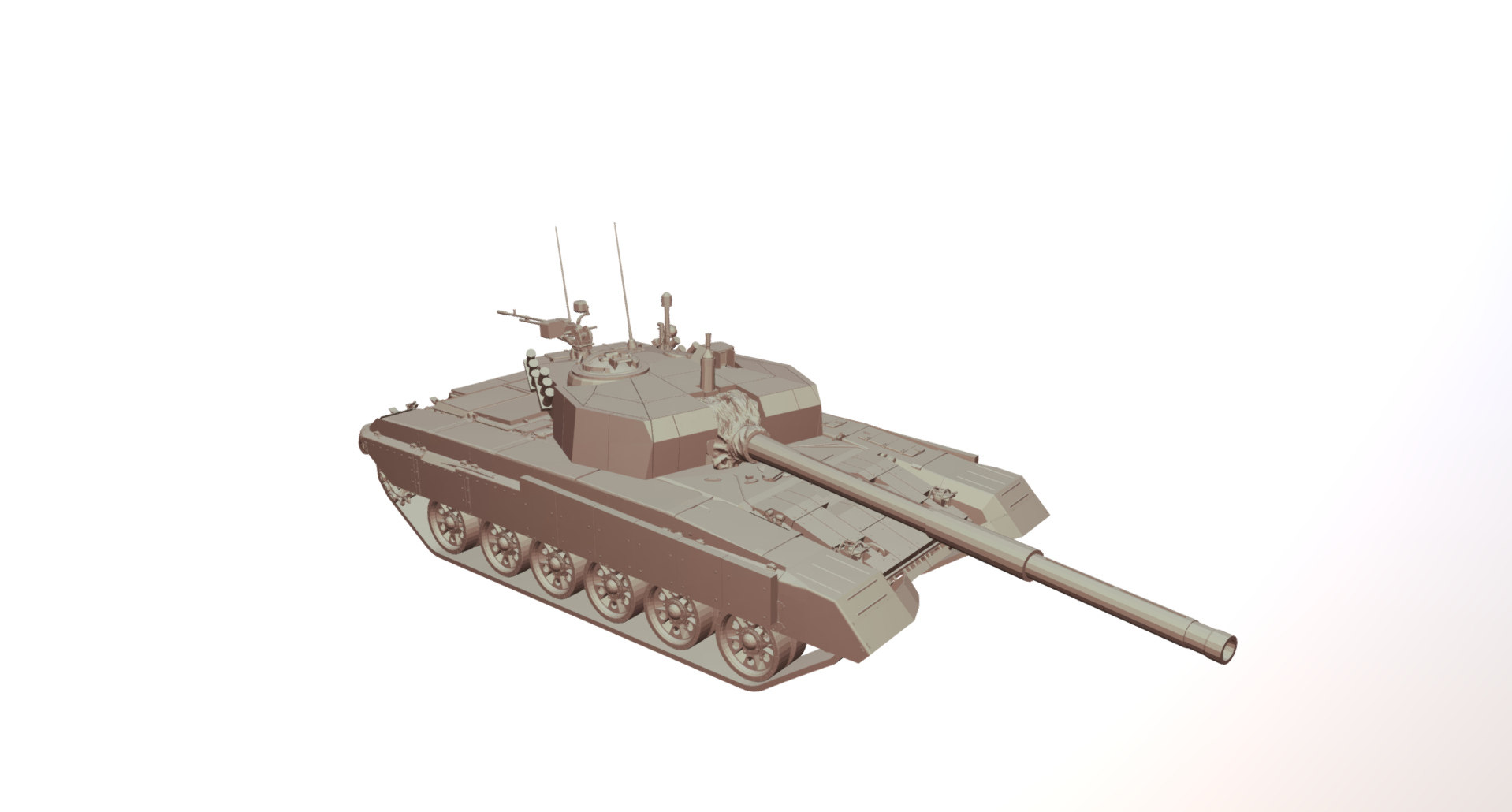
The Degman will be a tank suitable for players who prefer firepower and mobility over protection. As such, it will lean more towards the concept of Light Tanks within the class and those who like fast flanking maneuvers will surely to enjoy it.
See you on the battlefield!




